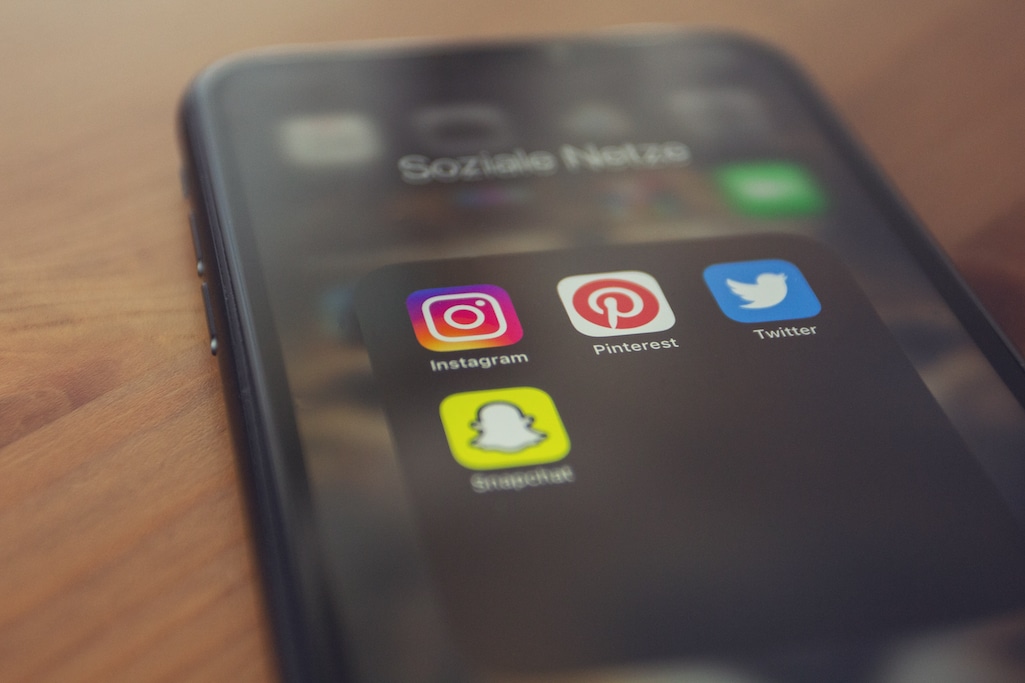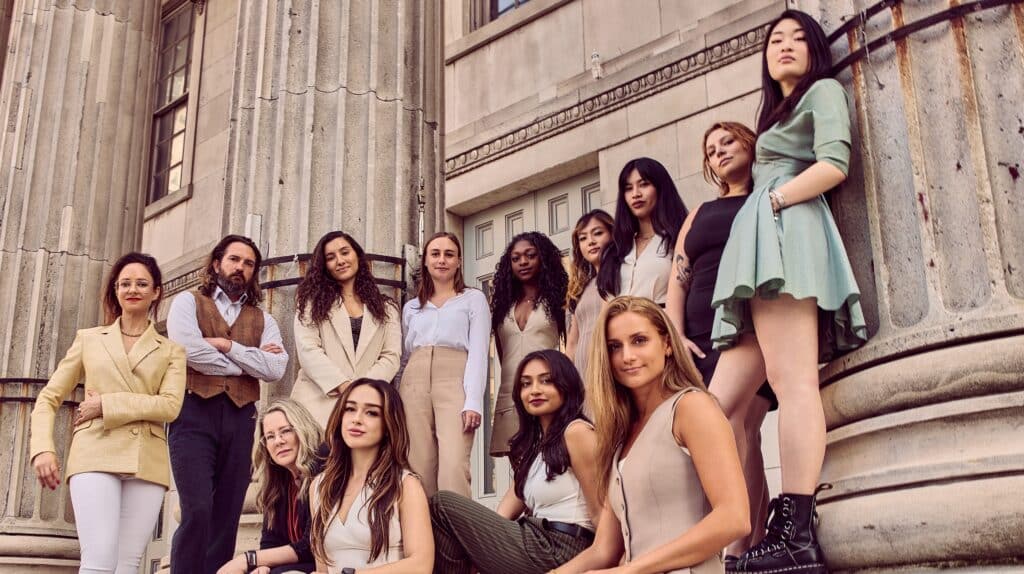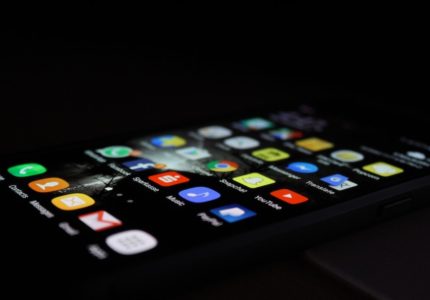This week a federal appeals court in the Ninth Circuit ruled that Snapchat can’t use Section 230 to wiggle out of a lawsuit bought by parents who say Snap’s “Speed Filter” contributed to their teen sons’ fatal car crash in 2017.
The teens’ parents sued Snap Inc., the maker of Snapchat, after a tragic car crash took place while one of their sons was using Snapchat’s “speed filter”. According to their lawsuit, the filter puts an overlay on users’ posts which shows their speed, and some users believe they can earn ‘achievements’ from the app for traveling over 100 mph (the platform rewards users with “trophies, streaks, and social recognitions” for posts). After hitting a maximum of 123 MPH, their car spun off the road at 113MPH and crashed into a tree, killing all three kids inside.
A Dangerous Game
The parents alleged that the company “knowingly created a dangerous game” with its filter and should bear some responsibility. In an unexpected but exciting turn, the court decided that the parents could sue Snap Inc. as the manufacturer of a negligently designed product.
Judge Wardlaw’s opinion stated that Snapchat allegedly knew or should have known “that its users believed that such a reward system existed and that the Speed Filter was therefore incentivizing young drivers to drive at dangerous speeds.”
She explains, “Indeed, the Parents allege that there had been: a series of news articles about this phenomenon; an online petition that “called on Snapchat to address its role in encouraging dangerous speeding”; at least three accidents linked to Snapchat users’ pursuit of high-speed snaps; and at least one other lawsuit against Snap based on these practices.” In other words, Snap was on notice of the danger.
And yet Snap did not remove or restrict access to this product for people travelling at dangerous speeds. Thus, the Court found the collision foreseeable. This is the type of brazenly irresponsible behavior from Big Tech that we must not allow to continue to go unchecked and our civil court system and the pressure from product liability litigation is one way to force these companies to pay closer attention to the dangers their products can cause.
“It’s a triumphant day to see that an internet company can be held responsible for products that are defectively designed. The biggest hurdle in personal injury law is getting in front of a jury, and this could lead to that situation for multibillion-dollar technology companies,” Carrie told NPR.
We’ve been fighting for a long time to demand courts treat online platforms as products and not give them sweeping immunity from litigation under Section 230 which was intended to shield platforms when they were being sued for publishing decisions – not for product design. Take our suit Herrick v. Grindr in which we argued that the dating app was defectively designed and manufactured and had a duty to warn users that its app could be used to impersonate and abuse, that users can be geographically pinpointed, that the features on the interface to report abusive accounts are merely decorative, and that they shun the basic technology widely used in their industry to prevent or stop known abuse.
Though the case against Grindr was dismissed because of the court’s (EDNY and 2nd Circuit) extravagant interpretations of Section 230, we remained hopeful that one day our theory would prevail. And now it has.
“Reminder to all law students and new lawyers. You may not “win” your case, but losing could lay the groundwork for somebody to win theirs.” – Carrie
Turning The Tide
Thankfully, the tide is slowly turning and the potential for a Supreme Court review of Section 230 feels closer than ever. In a major statement last year Justice Clarence Thomas acknowledged our case against Grindr, citing our theory that tech companies should not be immune from product liability.
In Justice Thomas’ discussion of §230 he explained that courts had “departed from the most natural reading of the text by giving Internet companies immunity for their own content.”
“Courts also have extended §230 to protect companies from a broad array of traditional product-defect claims,” he explained. “One court granted immunity on a design-defect claim concerning a dating application that allegedly lacked basic safety features to prevent harassment and impersonation. Herrick v. Grindr LLC, 765 Fed. Appx. 586, 591 (CA2 2019), cert. denied, 589 U. S. —— (2019).”
As we have said so many times before: if tech companies who produce dangerous products are outside of the reach of our courts, we should all be terrified. This moment is an opportunity – maybe the last one we will get – to set some sort of reasonable standard for tech companies.
This decision in Lemmon v. Snap is an exciting step forward for all of us fighting on the side of regular people whose lives are steam-rolled by Big Tech and its’ misappropriation of Section230.
And isn’t it just a liiiittttttle bit satisfying to know that in a beanbag-strewn boardroom somewhere in Silicon Valley, Big Tech lawyers are fretting about the far-reaching possibilities of a finding of liability for their sector? As Carrie told a journalist, “They should be worried about being sued for harms (remember, there needs to be an actual harm that they caused for it to be a meritorious lawsuit). If you hurt somebody, you should be accountable in court. True of all people and industries. There should be no exceptions for tech companies.”
NOW READ:
- Snapchat Can Be Sued Over Role In Fatal Car Crash, Court Rules – NPR
- Tech’s favorite legal shield could be closer to the Supreme Court – Protocol
- Read the full opinion in Lemmon v. Snap here
- WTF is the CDA 230 – our blog
- Offender arrested on 13 counts of cyber-harassment
- 7 figure recovery for victim of nonconsensual sex act




